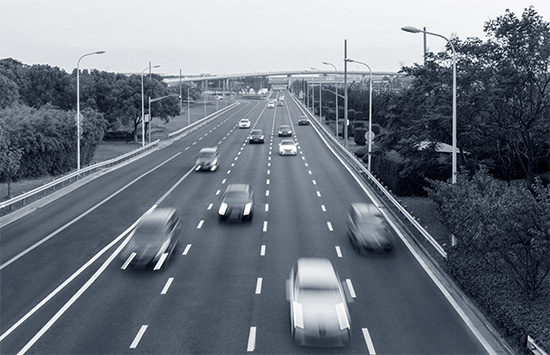Standards and approvals for automated vehicles
Currently, approval is required to provide a road vehicle to the Australian market for the first time. These requirements and processes will also apply to automated vehicles.
Automated vehicles will need to meet existing technical vehicle standards as well as new standards that will be developed specific to automated driving systems.
Approvals will only be granted to applicants that have been certified as an Automated Driving System Entity (ADSE). The ADSE will be responsible for the safety of the automated vehicle over its on-road life.
To learn more, please see the supporting paper, Requirements when a vehicle with an ADS is first provided.
Automated Driving System Entity certification requirements
Every Automated Driving System will need an Automated Driving System Entity to support it throughout its operational life.
To be certified as an ADSE, an entity needs to be a corporation with suitable structures and capabilities to keep an ADS safe. An ADSE will be certified to support the safety of its ADS for the whole of its on-road life (also called its ‘design life’).
The ADSE will need to demonstrate:
- A corporate presence in Australia
- Financial capacity
- Data recording and sharing capability
- A safety management system for the ADS (supporting paper)
- A law enforcement and emergency services interaction protocol (supporting paper)
- Additional certification requirements
For more information on these requirements, please see the supporting paper, Automated Driving System Entity certification.
Aftermarket installation of an ADS
It is possible that an ADS may be installed into a vehicle that is already in Australia.
The new laws will only allow aftermarket installations to be undertaken by, or on behalf of, an ADSE. These measures will help ensure aftermarket ADS installations are only undertaken by appropriately skilled and prepared parties, and there is a ADSE to take ongoing responsibility for ADS safety.
Managing automated vehicle deployment ahead of the new regulatory framework
If automated vehicles enter the Australian market before the new regulatory framework is in place (outside of approved trials) new road safety risks may arise.
We have identified options to help manage the risk of early deployment and use of AVs before the new regulatory framework is established, including restrictions on aftermarket installation and mechanisms to ensure that a vehicle does not have an active ADS when it is provided to the market. These kinds of measures could be complemented by improving arrangements for AV trials.
These options would be interim arrangements, and some would be removed once the new automated vehicle regulatory framework is in place.
For more information, please see the supporting paper, Managing automated vehicle deployment ahead of the new regulatory framework.
